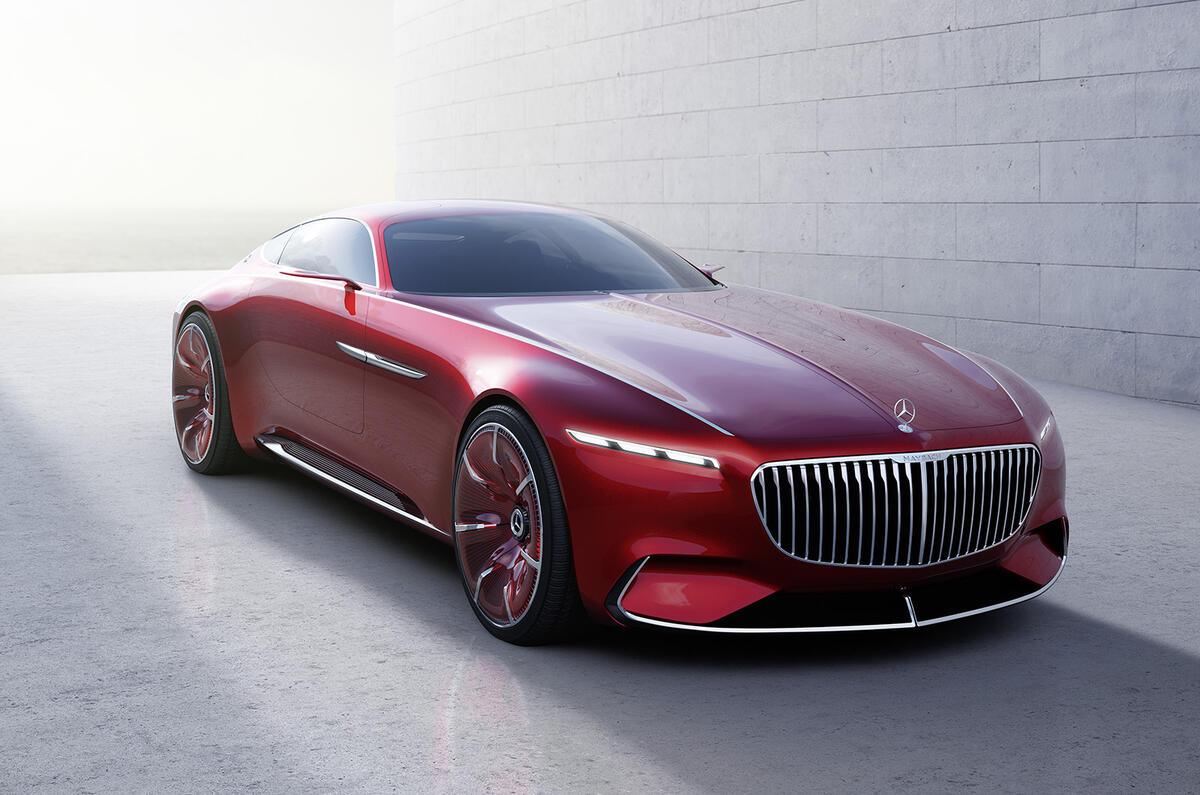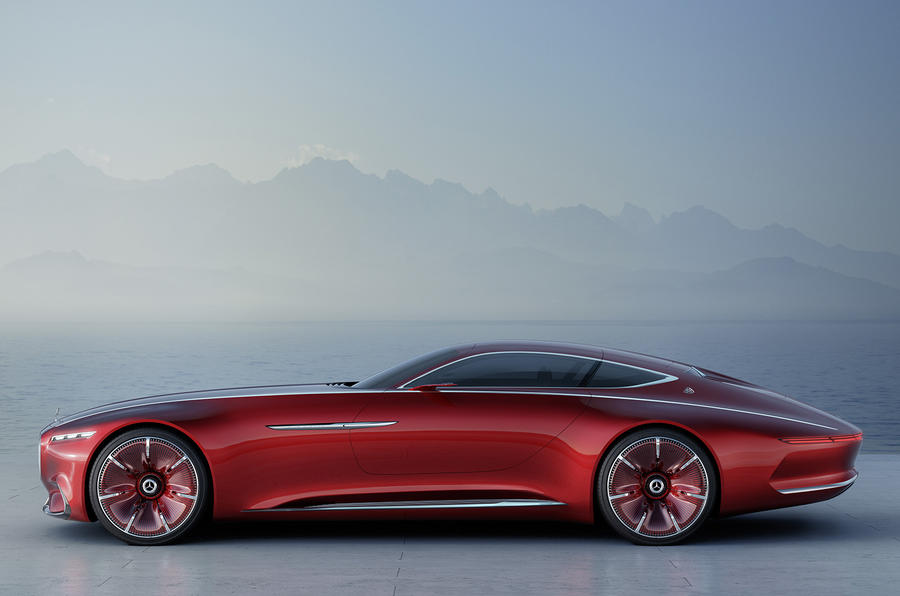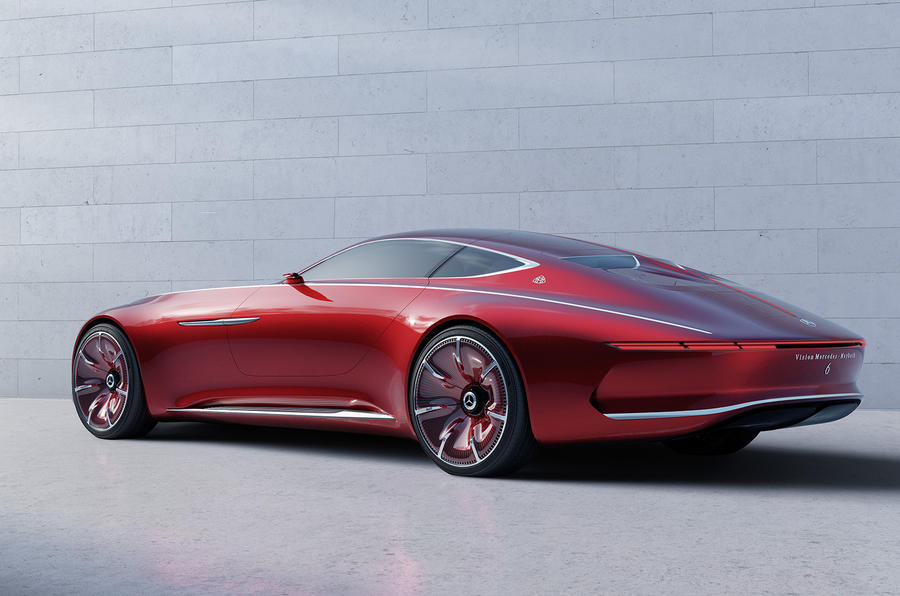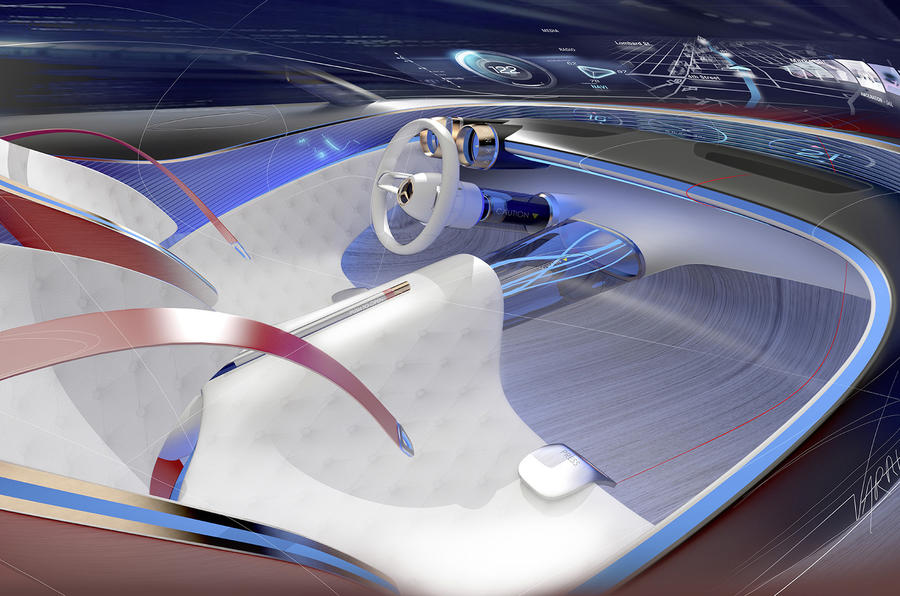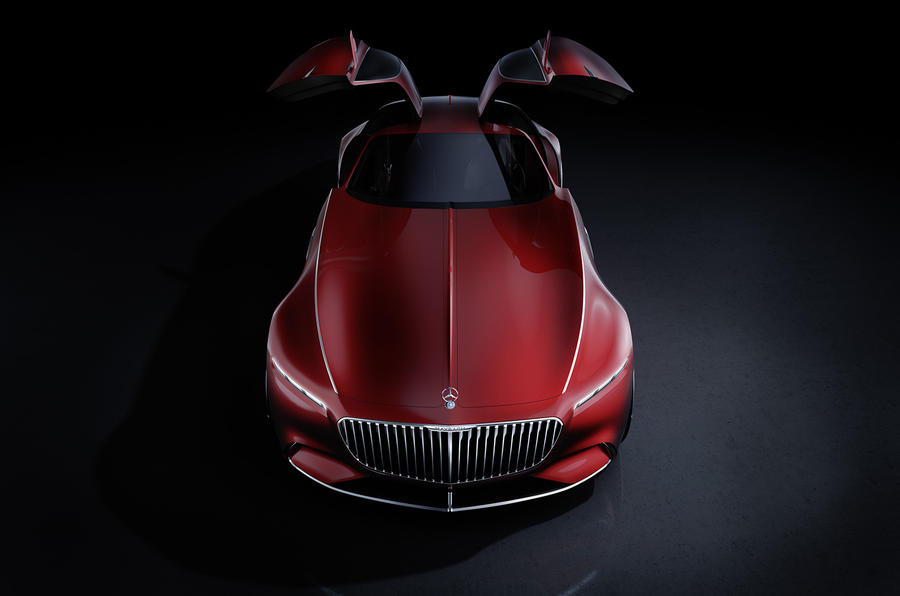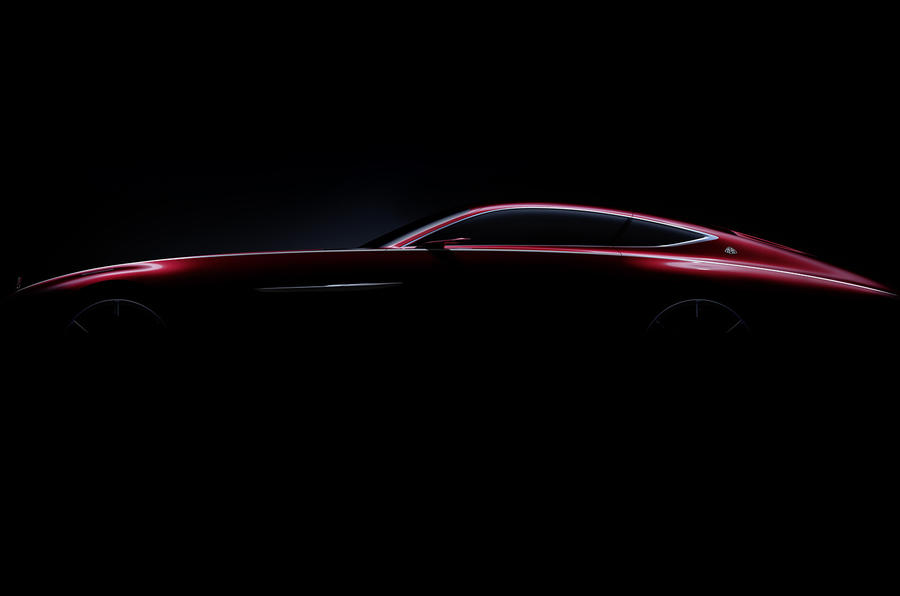|
|
|
|
|
Very similar to the A70 / A90 derived 4 cylinder that was used in the regular saloons, the Austin Healey 100, the Austin LD van ( 1 and 1.5 ton ), and also the basis for the London Taxi engine. Everybody knows what a Healey looks like, so the link is the van. ( pic of the Morris version) 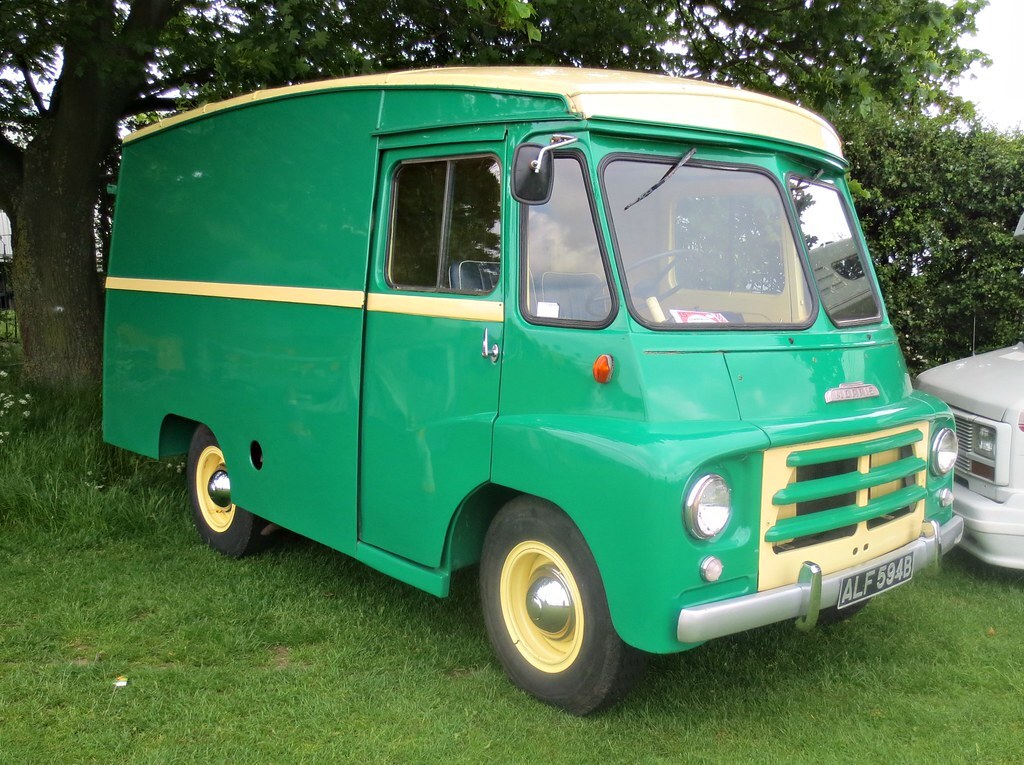 |
| |
|
|
|
|
vulgalour
Club Retro Rides Member
Posts: 7,286
Club RR Member Number: 146
|
|
May 23, 2019 15:50:21 GMT
|
Sliding pocket doors are a thing you don't see very often, not many vehicles had them, and it was usually restricted to commercials. Exterior sliding doors are generally more practical since they don't rob any interior space. It is even more unusual to see sliding pocket doors on cars, the BMW Z1 is perhaps the newest car to feature them, the only other factory car I think that had them was the Kaiser Darrin which has arguably more interesting links than the BMW, so that's the one I'll go with here.  The Darrin's doors slide forwards into the front wing. It's not just the doors that make the Darrin interesting, like many companies aware of their own imminent demise, Kaiser were taking some pretty radical risks in design and engineering. The Darrin is made from fibreglass, before Chevrolet's Corvette did the same, and the styling was supposed to appeal to a more international market. The stylist, Howard Darrin, for which the car is named, doesn't have quite as much online written about him as others, there is a nice concise article here on Hemmings: www.hemmings.com/blog/article/howard-a-darrin/Kaiser would eventually be merged with Nash, who in turn would be absorbed by General Motors and thus the Kaiser name would disappear completely. The Darrin is perhaps the most distinctive of all the Kaiser cars for being so outlandish and they're more well known than their low production numbers and humble underpinnings would suggest. One other thing worth noting with the Darrin is that front end, considered its biggest styling shortcoming due to the weird grille. Regulations meant the headlights had to be raised 4" which is what gave it that oddly proportioned face. The earlier prototype cars do have a slightly more balanced looking nose and while I'm not sure if this is exactly how they looked before the regulations were met, that grille doesn't look quite so weird as it does on the productions models. Also worth noting the split 'sweetheart' windscreen on the black and white photo below, something of a Kaiser styling trademark. 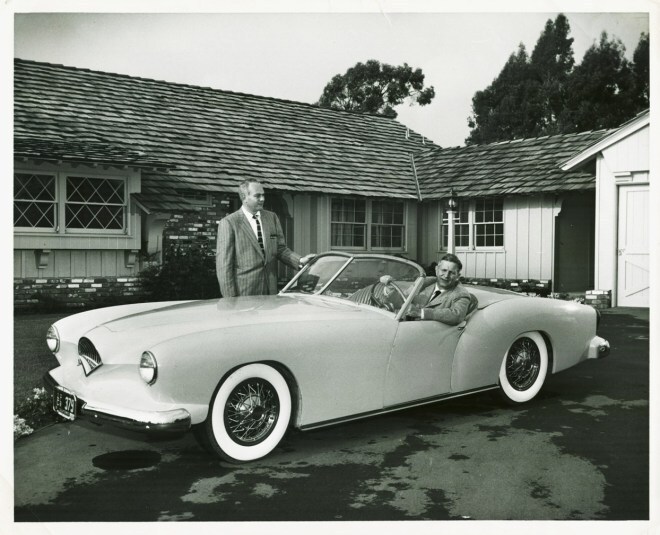  |
| |
|
|
|
|
|
|
|
As mentioned before "Exterior sliding doors are generally more practical since they don't rob any interior space" My all time favorite sliding door vehicle is the Transit. 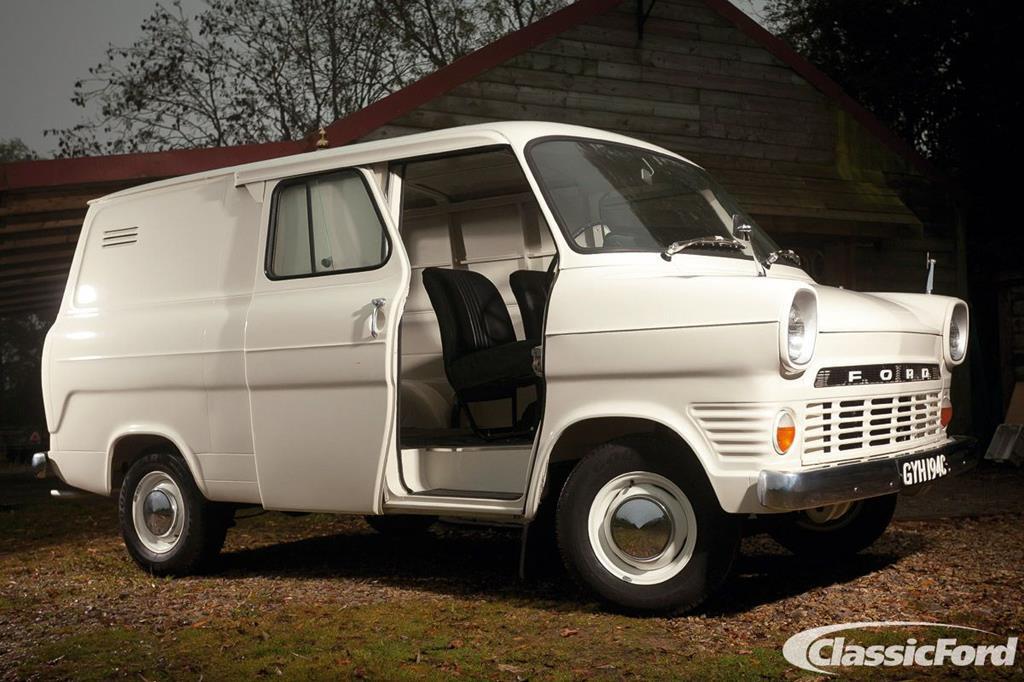 I am sure that a fair percentage here would agree that this is a great looking car and a large percentage can remember the postman, delivery driver, butcher, etc etc driving this to do a job. However they appeared more popular by naughty boys then I thought. I read this.... "The Metropolitan Police reported on this vehicle in 1972 via a Scotland Yard spokesman that 'Ford Transits are used in 95 per cent of bank raids. With the performance of a car, and space for 1.75 tonnes of loot, the Transit is proving to be the perfect getaway vehicle...', describing it as 'Britain's most wanted van' The engines used in the UK were the Essex V4 for the petrol-engined version in 1.7 L and 2.0 L capacities. By using relatively short V-4 engines Ford were able to minimise the additional length necessitated to place the engine ahead of the driver.[13] Another popular development under the bonnet was the equipping of the van with an alternator at time when the UK market competitors expected buyers to be content with a dynamo.[13] A 43 bhp (32 kW) diesel engine sourced from Perkins was also offered. As this engine was too long to fit under the Transit's stubby nose, the diesel version featured a longer bonnet - which became nicknamed as the "pig snout". The underpowered Perkins proved unpopular, and was replaced by Ford's own York unit in 1972. For mainland Europe the Transit had the German Ford Taunus V4 engine in Cologne 1.3, 1.5, and 1.7- or Essex 2.0-litre versions. The diesel version's long nose front was also used to accommodate the Ford 3.0 L Ford Essex V6 engine (UK) for high performance applications such as vans supplied to police and ambulance services. In Australia, in 1973, to supplement the two Essex V4 engines that were available the Transit was released with the long-nose diesel front used to accommodate an inline 6-cylinder engine derived from the Ford Falcon. |
| |
|
|
|
|
|
|
|
Before the Transit, the Jaguar Mk2 was the favorite choice of UK Bank Robbers. ( BTW, I loved my Mk1 Transit. I swapped a V4 out of a Consul GT into it, with a little porting and a free flowing exhaust, and it could easily outrun the 2 litre pinto powered Mk2's...  ) 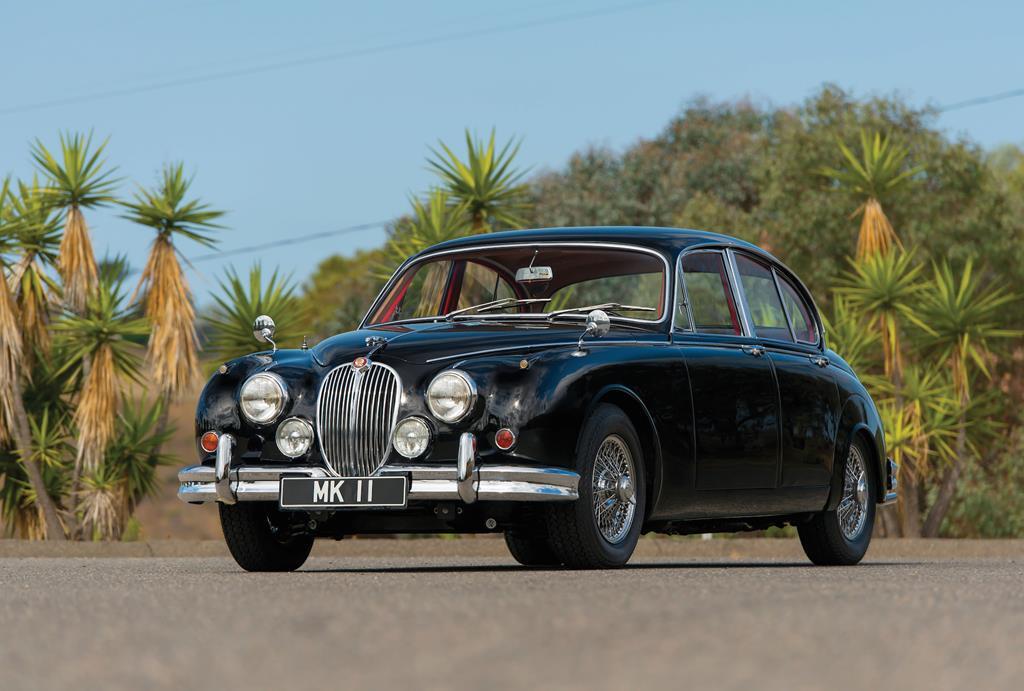 |
| |
|
|
rodharris83
Club Retro Rides Member
Day Dreamer...
Posts: 775
Club RR Member Number: 4
|
|
May 24, 2019 12:02:22 GMT
|
The Mk2 Jag is the inspiration for the Mitsuoka Viewt: 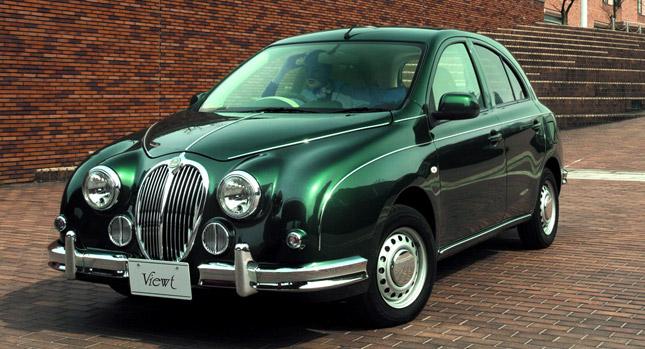 Based on the K11 / K12 Micra |
| |
|
|
vulgalour
Club Retro Rides Member
Posts: 7,286
Club RR Member Number: 146
|
|
May 24, 2019 21:34:29 GMT
|
The Prince Gloria is our link for this one.  The Micra was the replacement for the Cherry, a car which Prince had developed initially. Nissan had merged with Prince back in the mid-60s and the Prince name had pretty much vanished and, because of the very short lifespan of Prince as an automotive company in its own right, they're not a car you see very often, even in their native Japan. I hadn't realised Prince had a direct connection to the Micra until looking into this one. |
| |
|
|
|
|
|
|
|
Here is a car that is both a Prince and a Nissan. It started out as the Prince R380, and was modified into the Nissan R380-2 after the merger happened. 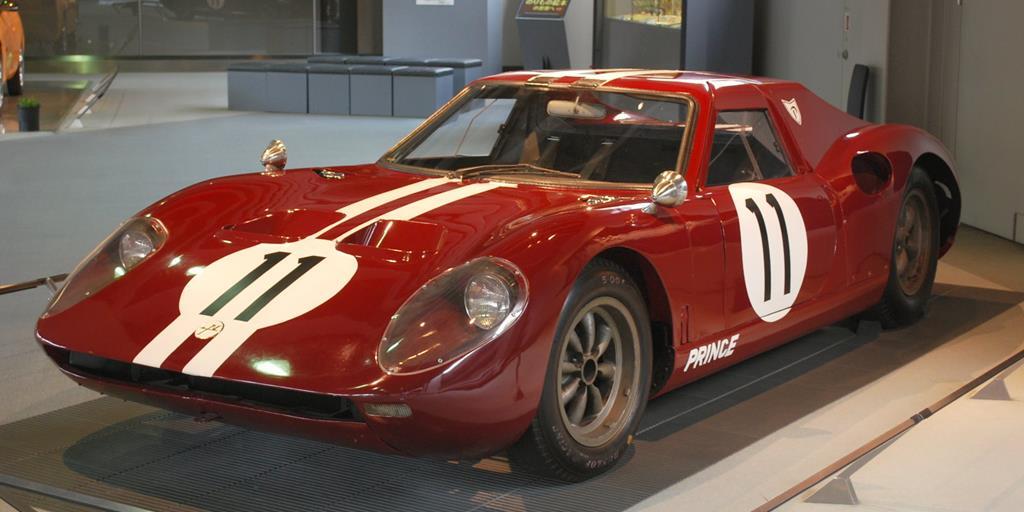 |
| |
|
|
|
|
|
|
|
The above Prince has about 200HP This Prinz (German for Prince) has 20HP 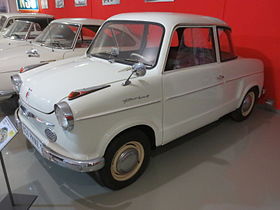 The first post-war NSU car, the Prinz I, was launched at the Frankfurt Motor Show in September 1957 accompanied by the advertising slogan "Fahre Prinz und Du bist König" ("Drive a Prince and you're a king"). After a pilot run of 150 pre-production cars, volume production began in March 1958. The noisy two-cylinder 600 cc 20 PS (15 kW; 20 hp) engine was located at the back where it drove the rear wheels See these 2 have lots in common  Same name Engine in the back Rear wheel drive Noisy Etc |
| |
|
|
|
|
|
|
|
The NSU Prinz and the Lloyd Alexander were both: Made in Germany Introduced in '57 Powered by a aircooled 2 cylinder of 600cc ( about the same Hp too at 20 and 19 ) 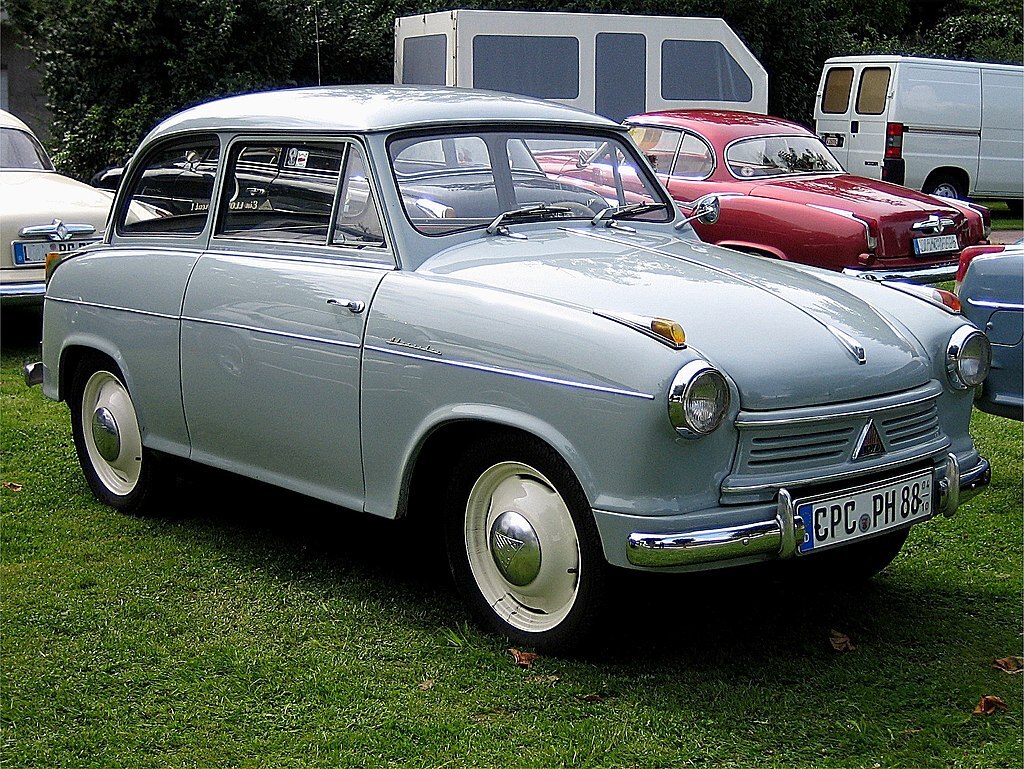 |
| |
|
|
|
|
|
|
|
May 25, 2019 18:28:28 GMT
|
The Borgward car manufacturing company, based in Bremen, Germany, was founded by Carl F. W. Borgward. They made the Borgward, Hansa, Goliath and Lloyd. Most ( or all) of these ran as autonomous companies, until it all ended in a controversial bankruptcy in 1960. Its an interesting read... And while looking it up to check some of the facts, I learned that the Borgward brand has been revived by the original founders grandson Christian Borgward. The cars are made in China, for the China, Russia, India, Brazil and Mexico markets. Here is a pic of the new Borgward Isabella Electric Concept. 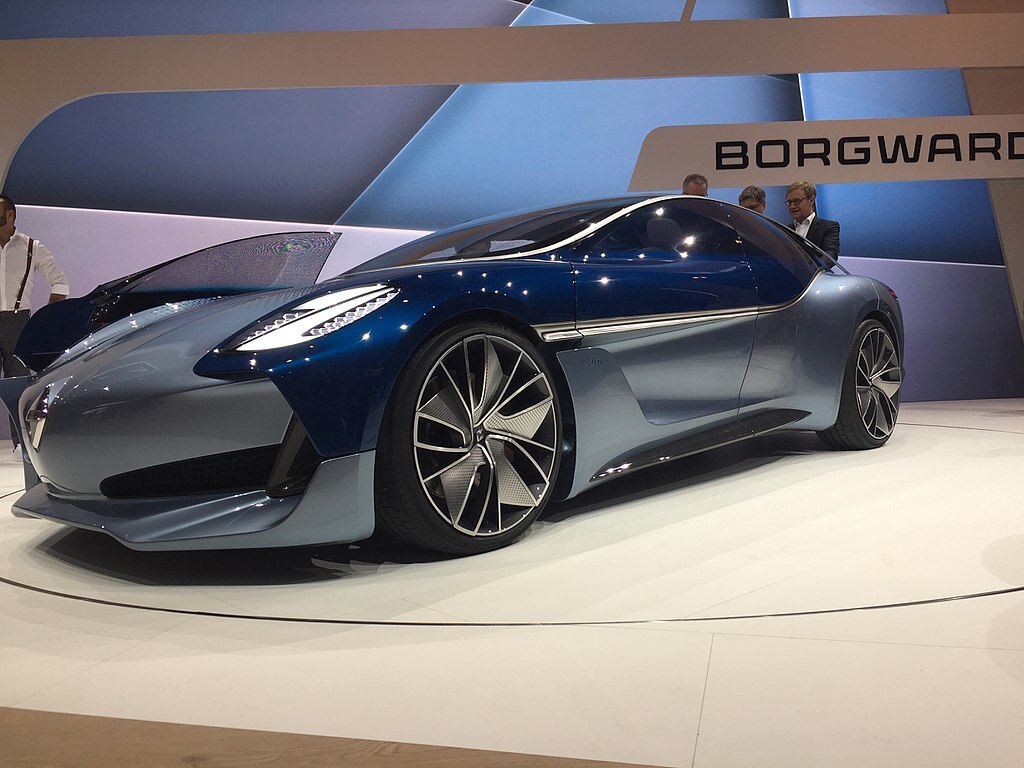 |
| |
|
|
|
|
|
May 25, 2019 19:39:23 GMT
|
/editorial/articleLeadwide-ooops-a-test-drive-of-the-new-mercedes-benz-a-cla362bg.jpg) The first generation Mercedes A-Class. Because it had its roots in an electrical concept car from 1993, "Vision A". |
| |
Last Edit: May 25, 2019 19:39:45 GMT by Knugcab
194? Willys Jeep MB 1965 Volvo 544 Special 1968 Opel Rekord 1975 Opel Kadett Estate 1985 Mercedes-Benz 230E 1985 Datsun 720 King Cab 4x4 diesel 1997 Volvo S70 2.5SE (ex. "Volvo544special65" - changed to more reader friendly username.  ) |
|
|
|
|
|
|
|
|
 One of them has gullwing doors and is supposed to give a glimpse of the future....the other one has gullwing doors and can take you to the future....at least on film....  |
| |
194? Willys Jeep MB 1965 Volvo 544 Special 1968 Opel Rekord 1975 Opel Kadett Estate 1985 Mercedes-Benz 230E 1985 Datsun 720 King Cab 4x4 diesel 1997 Volvo S70 2.5SE (ex. "Volvo544special65" - changed to more reader friendly username.  ) |
|
|
|
|
|
|
|
|
The Gordon Keeble has that magical combination of a Italian body, an English chassis, and an American V8. Just like my all time favorite Cobra, which was the one John Willment had his guys put together with a Cobra chassis ( based on the AC ), a Ghia Supersonic body he had found in a junkyard ( originally designed by Giovanni Savonuzzi), and a LeMans spec 427 Big Block Ford engine.  |
| |
|
|
|
|
|
|
|
Ford Falcon Cobra In December 1977 Ford built 13 special order XC Falcon GS Hardtops with VINs beginning JG65TE. These cars were specially modified in the P&A (Parts and Accessories) workshop at Ford's Campbellfield factory. All vehicles were modified to accord with 'evolution' upgrades that had been approved by CAMS for homologation to Australian Group C touring car racing Falcons ... the changes were mostly designed to enhance race durability; these vehicles, often referred to as "Pre-Cobras", were intended to be raced by teams at Bathurst in 1977. The homologation modifications included rear wheel wells that were deepened inboard by 1 inch to accommodate larger racing wheels and tyres, a reverse bonnet scoop to allow the race car engines to draw cool air from the base of the windscreen, twin electric fans that were switchable from the dash (replacing the single engine-driven fan), a front shocker tower brace ("K brace") that stiffened the front end, an idler arm brace, and an aero package including a rear "blade" spoiler (similar to that used on the 2-door Holden Torana A9X) and a front air dam. The 13 cars were available in standard body and interior colours and retained the side trim strips, dummy rear brake scoops and unpainted chrome bumpers of the standard GS hardtops. The race cars did complete the 1977 Endurance Series in their new specification and then participated in the 1978 ATCC season. The modifications that featured in these 13 GS Hardtops formed the basis of the specification for the 30 specific Option 97 Cobra Hardtops built in 1978, although there were minor differences as the Option 97 cars also incorporated further evolution parts such as reinforced fan brackets and a deeper front spoiler. In addition the Option 97 cars received a black corduroy seat material and Scheel front seats to differentiate them from the Option 96 Cobras .[1] 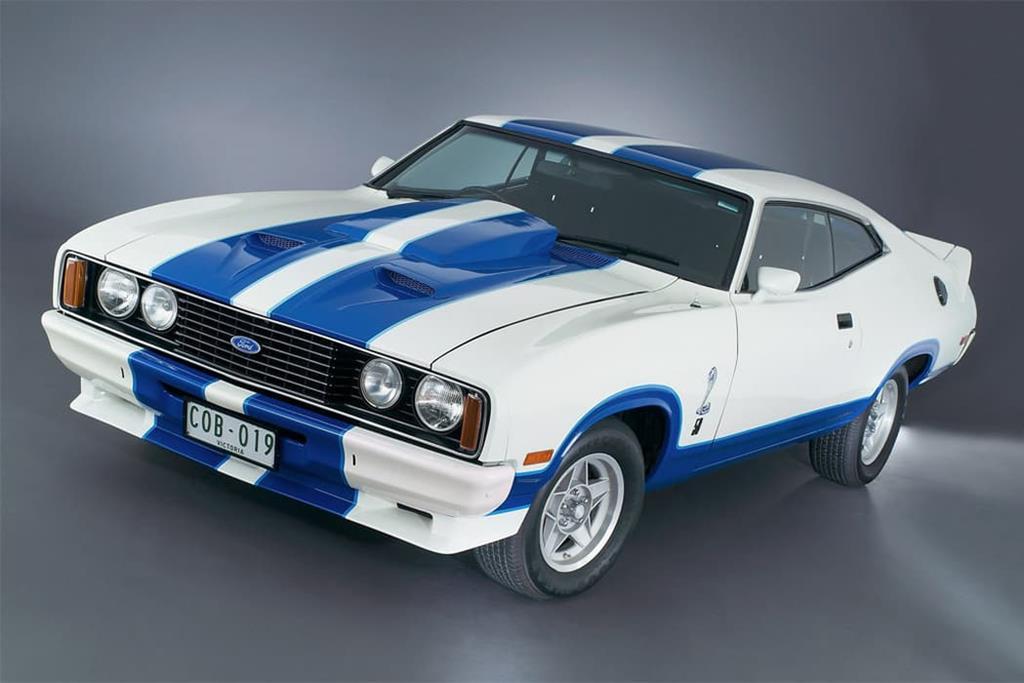 |
| |
|
|
|
|
|
May 26, 2019 12:22:45 GMT
|
 Tercel is what a male falcon is called, so technically this is another Falcon. |
| |
194? Willys Jeep MB 1965 Volvo 544 Special 1968 Opel Rekord 1975 Opel Kadett Estate 1985 Mercedes-Benz 230E 1985 Datsun 720 King Cab 4x4 diesel 1997 Volvo S70 2.5SE (ex. "Volvo544special65" - changed to more reader friendly username.  ) |
|
vulgalour
Club Retro Rides Member
Posts: 7,286
Club RR Member Number: 146
|
|
May 26, 2019 22:52:32 GMT
|
That car features an offset rear number plate. That sort of thing is usually reserved for offroaders with the spare wheel mounted on the back so it's a little odd the Tercel keeps its spare wheel in the conventional estate location. A car that does have the spare wheel on the back and an offset plate is the Honda Crossroad.  |
| |
|
|
|
|
|
May 26, 2019 23:14:27 GMT
|
Only the "eagle eyed" will see some similarities  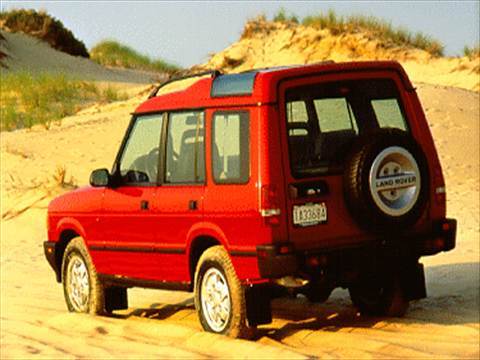 |
| |
|
|












 )
)










/editorial/articleLeadwide-ooops-a-test-drive-of-the-new-mercedes-benz-a-cla362bg.jpg)
 )
)